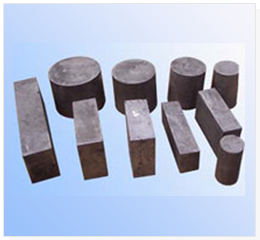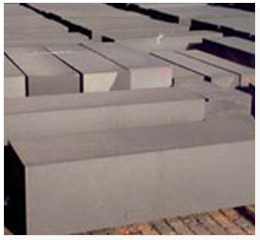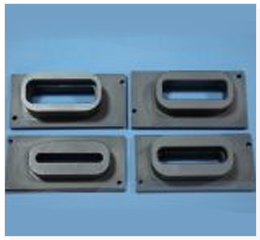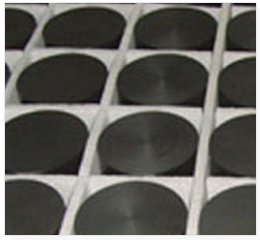



 TYPES OF GRAPHITES
TYPES OF GRAPHITES

Die-molding is a discontinuous forming process in which the mould is filled with the material to be molded and is subsequently compacted by a ram to the desired height of the artifact. Very often one works simultaneously with upper and lower rams, since an ejection device is needed anyway in order to release the shape from the mould. Die-molding generates a much less distinctive anisotropy than extrusion. Die molded Graphite have high anisotropy... Readmore

Extrusion is a continuous forming process in which the mix is filled into a large storage chamber of the press compacted by means of a piston in the direction of the die exit and pressed out as a practically endless shape. In order to overcome high friction forces, the inner diameter of the removable die is reduced step by step. The die exit shape will differ according to the desired cross-section or profile of the extruded material... Readmore

Isostatic pressing is also a discontinuous forming procedure, having the advantage that the compacting force is applied uniformly from all directions. This is indispensable for the manufacture of isotropic large-dimensioned bodies. An elastic mould is filled with the material to be molded, inserted into the liquid within a pressure vessel and compacted by applying high pressure to produce the desired shape.Isostatic pressing... Readmore

Vibrating is a discontinuous forming process for large dimension products. A mould is filled with the milled powder and a heavy metal plate is put on top of the powder. Then the material is compacted by vibrating the mould for a certain period of time. The formed bodies show a higher degree of isotropy compared to extruded or die-molded material.... Readmore